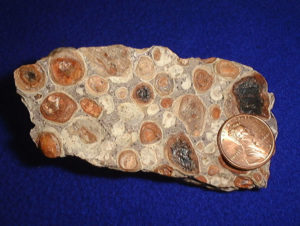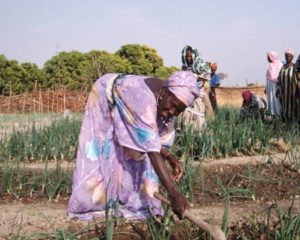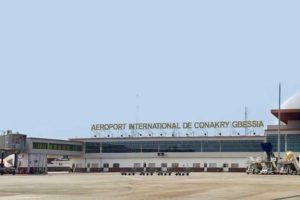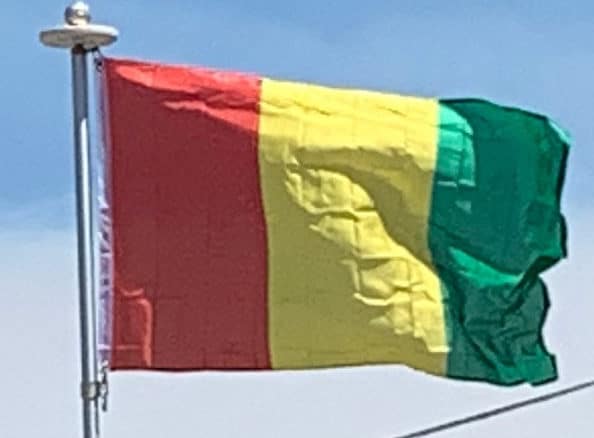
Guinea possesses over 25 billion tonnes (metric tons) of bauxite – and perhaps up to one-half of the world’s reserves. In addition, Guinea’s mineral wealth includes more than 4-billion tonnes of high-grade iron ore, significant diamond and gold deposits, and undetermined quantities of uranium. Possibilities for investment and commercial activities exist in all these areas, but Guinea’s poorly developed infrastructure and rampant corruption continue to present obstacles to large-scale investment projects.
The majority of Guineans work in the agriculture sector, which employs approximately 75% of the country. The rice is cultivated in the flooded zones between streams and rivers. However, the local production of rice is not sufficient to feed the country, so rice is imported from Asia. The agriculture sector of Guinea cultivates coffee beans, pineapples, peaches, nectarines, mangoes, oranges, bananas, potatoes, tomatoes, cucumbers, pepper, and many other types of produce. Guinea is one of the emerging regional producers of apples and pears. There are many plantations of grapes, pomegranates, and recent years have seen the development of strawberry plantations based on the vertical hydroponic system.

Due to its diverse geography, Guinea presents some interesting tourist sites. Among the top attractions are the waterfalls found mostly in the Basse Guinee (Lower Guinea) and Moyenne Guinee (Middle Guinea) regions. The Soumba cascade at the foot of Mount Kakoulima in Kindia, Voile de la Mariée (bride’s veil) in Dubreka, the Kinkon cascades that are about 80 m (260 ft) high on the Kokoula River in the prefecture of Pita, the Kambadaga falls that can reach 100 m (330 ft) during the rainy season on the same river, the Ditinn & Mitty waterfalls in Dalaba, and the Fetoré waterfalls and the stone bridge in the region of Labe are among the most well-known water-related tourist sites.
Transportation:
The railway from Conakry to Kankan ceased operating in the mid-1980s. Domestic air services are intermittent. Most vehicles in Guinea are 20+ years old, and cabs are any four-door vehicle which the owner has designated as being for hire. Locals, nearly entirely without vehicles of their own, rely upon these taxis (which charge per seat) and small buses to take them around town and across the country. There is some river traffic on the Niger and Milo rivers. Horses and donkeys pull carts, primarily to transport construction materials.

Conakry International Airport is the largest airport in the country, with flights to other cities in Africa as well as to Europe.
Flag of Guinea:
The national flag of Guinea was adopted on 10 November 1958.
The colors of the flag were adapted from those of the Rassemblement Démocratique Africain, the dominant movement at the time of independence. The colors were in turn derived from those of the flag of Ghana, which had first adopted them in 1957. Sékou Touré, the first President of Guinea, was a close associate of Kwame Nkrumah, the former president of Ghana.
